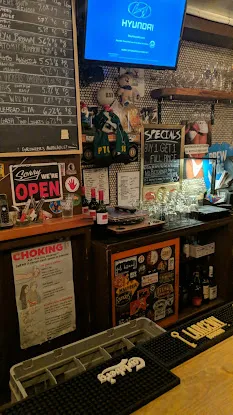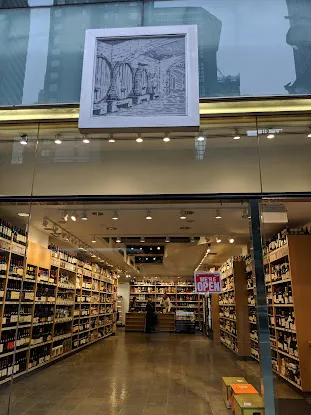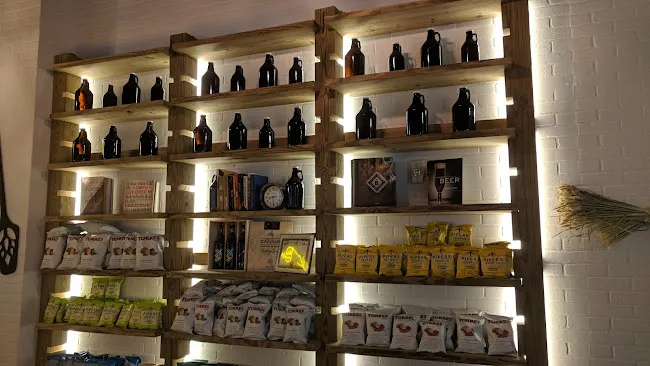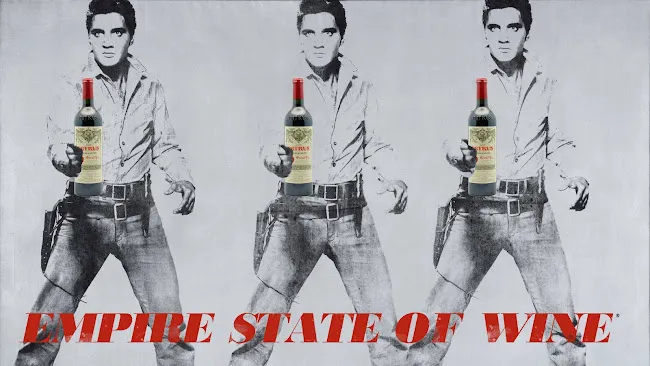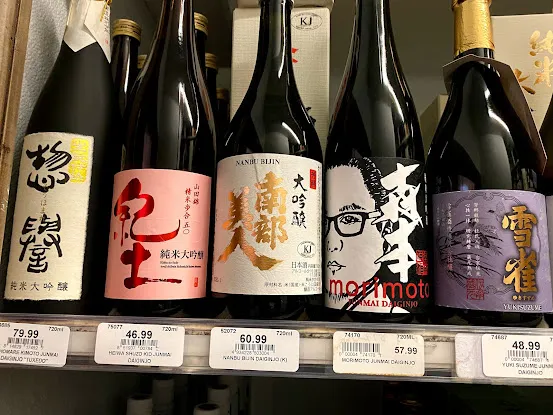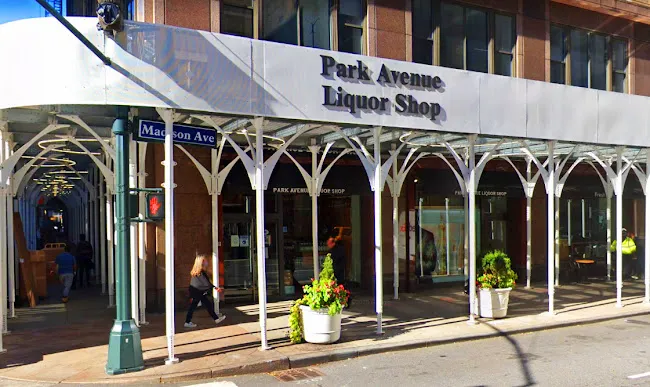Alcohol retail monopoly Midtown Manhattan
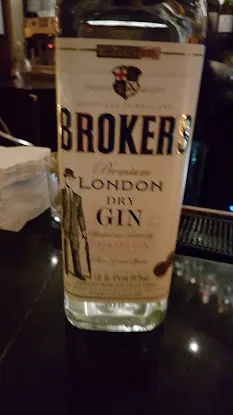
Morrell
Midtown Manhattan
Lower Level 1 Rockefeller Plaza Suite SB 18 New York, NY 10020 United States
Alcohol Retail Monopoly in Midtown Manhattan
In the vibrant and bustling heart of New York City, Midtown Manhattan stands as a hub of activity, culture, and commerce. Among the many facets of life in this iconic neighborhood is the fascinating and complex landscape of alcohol retail. The alcohol retail monopoly has a significant influence on how residents and visitors alike experience the beverage scene in this area.
The state of New York has a unique system for regulating the sale of alcohol, which creates a monopoly-like environment for certain retailers. This regulation stems from the New York State Liquor Authority (SLA) which governs the licensing and distribution of alcoholic beverages. In Midtown Manhattan, this means that only a select number of stores can legally sell alcohol, and they often hold exclusive licenses that limit competition.
As a result, the selection available to consumers can be both beneficial and restrictive. While the established retailers may offer a wide variety of wines, spirits, and beers, the lack of competition can lead to higher prices and less incentive for innovation. Furthermore, the alcohol retail monopoly often leads to a concentration of similar offerings across stores, as they adhere to the established norms dictated by their licenses.
For those exploring the nightlife and dining options in Midtown Manhattan, the implications of this monopoly are profound. Many bars and restaurants rely on these licensed retailers for their alcohol supply, which can affect menu pricing and availability. Diners and drinkers may find that certain popular beverages are overpriced compared to other areas of the city where competition is more fierce.
Additionally, the alcohol retail landscape in Midtown is often shaped by the cultural and social dynamics of the area. With a mix of tourists, business professionals, and locals, the demand for alcohol varies widely, influencing what shops choose to stock. Furthermore, the prominence of high-profile venues and events means that some retailers cater specifically to the demands of upscale consumers, which can skew availability and pricing even further.
It is also worth noting that the monopoly structure can lead to a lack of diversity in product offerings. Smaller, independent producers may struggle to gain a foothold in a market dominated by a few larger retailers. This not only affects local businesses but also limits consumer choices, as shoppers often miss out on unique and artisanal products that might be available elsewhere in the city.
In conclusion, the alcohol retail monopoly in Midtown Manhattan presents a unique blend of advantages and challenges. As consumers navigate this landscape, it becomes clear that understanding the regulations and dynamics at play is essential for making informed choices. For more information on the various alcohol retailers in the area, visit www.manhattan-nyc.com, where you can find comprehensive listings and reviews of local businesses.
